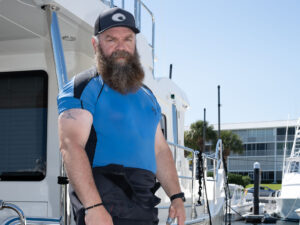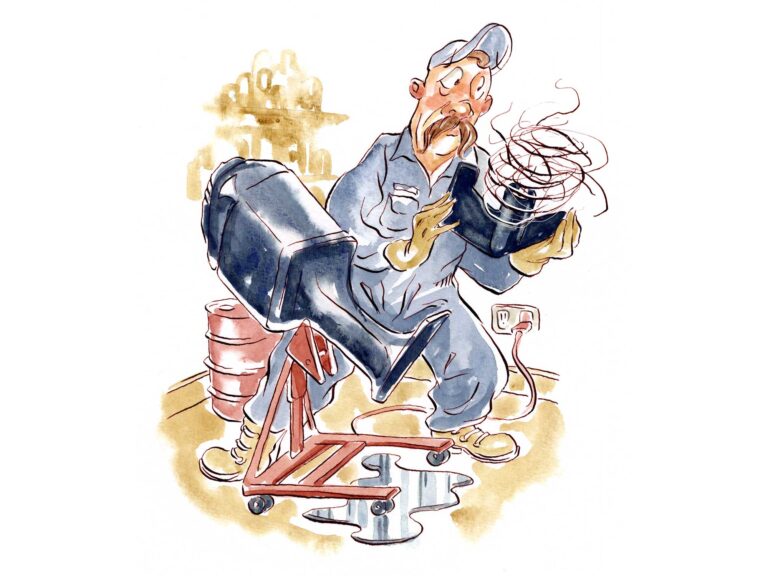While walking the docks with a friend recently, we stopped to admire a large custom-built yacht. While drooling, my buddy noticed that there were sailboat winches installed on the gunwales aft and also at the bow. I reminded him that by the time most people can afford a boat like that, they are middle-age or better. Seasoned folks appreciate the mechanical advantage these docking — or warping, as moving a boat with lines is known — winches afford. Whether in a lock or at the dock, when the lines need adjusting and the wind is blowing or the current is screaming, those babies would prove real back savers.
The discussion prompted this column, which is intended to share several ways those with boats of less than Cunard stature can use mechanical advantage for tying up. No hardware installation required.
[1] Spend some time around a marina where larger boats are docked and you’ll eventually witness dock hands doing a little tightrope walking. The boat is tied to the dock, but there’s slack in the line that, combined with wind or current, is keeping the boat several feet off the dock. The slack might have been created in the lines of a boat already secured because the tide rose. Or, a boat that’s just pulling up might get close enough to send a line ashore, but maneuvering space and conditions make coming close aboard difficult. In these situations, a dock hand will often step up onto a tied line, holding onto the boat for balance, and use the weight of her body to bring the boat in closer. The line is then quickly unhitched at the dock and re-cleated at the proper length.
[2] That may be a bit extreme for most Boating readers, though even small and midsize boats can be a bear to pull in close with lines if the wind’s really honking. Fortunately, there’s a more practical — and safer — way to use your weight to pull a recalcitrant boat in tight. And you can apply this technique whether in the boat or on the dock, as long as one end of the line is secured to a cleat on the other location. Grab the line securely, take out any slack, and hold it with both hands tight to your chest. Now lean back against the line. Initially, you’ll be supported in an inclined position by the weight of the boat and the resistance of its windage. As Mom’s Mink starts to come in, step forward and keep taking in line until it’s home.
[3] You can also effectively double the power of your pull by taking a turn around a piling, pole or the base of a cleat with the line. Let’s say conditions are such that you can get close to the dock momentarily and grab one of the marina’s dock lines with a boat hook, but by the time you have that line in your hand, the wind has blown you far enough away that you’d have to pull the boat in for a proper tie. (My criterion for this is close enough to get off without jumping.) If your arms are like Popeye’s, this might be no problem. The rest of us can do the lean, or add even more mechanical advantage by wrapping the end of the line around the base of a cleat before leaning on it or simply pulling. Cleats generally work better for this than pilings do, especially if the pole is rough, squaresectioned or has rubber dock guards nailed to it. Take a full wrap anytime during the process allows you to rest without losing ground.








